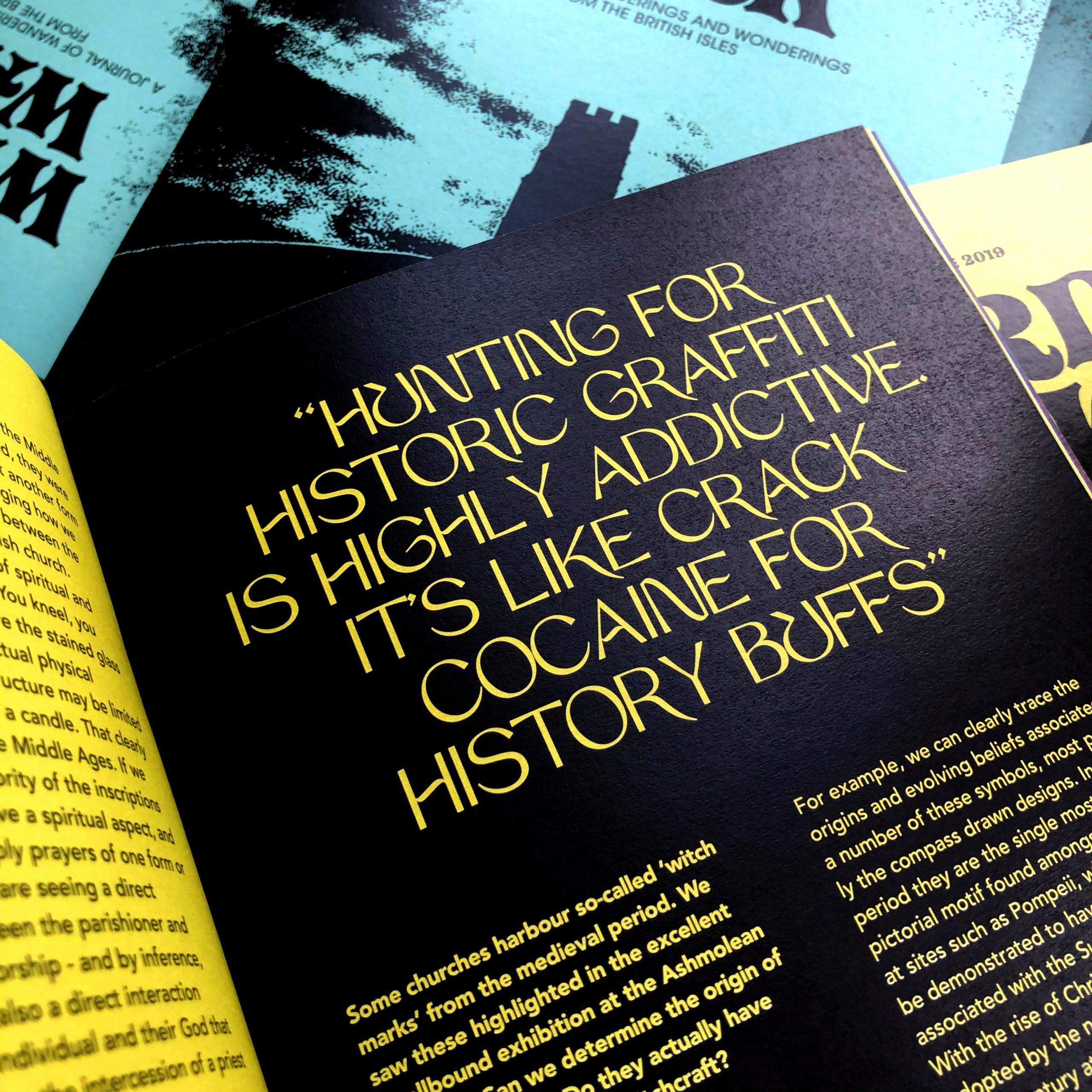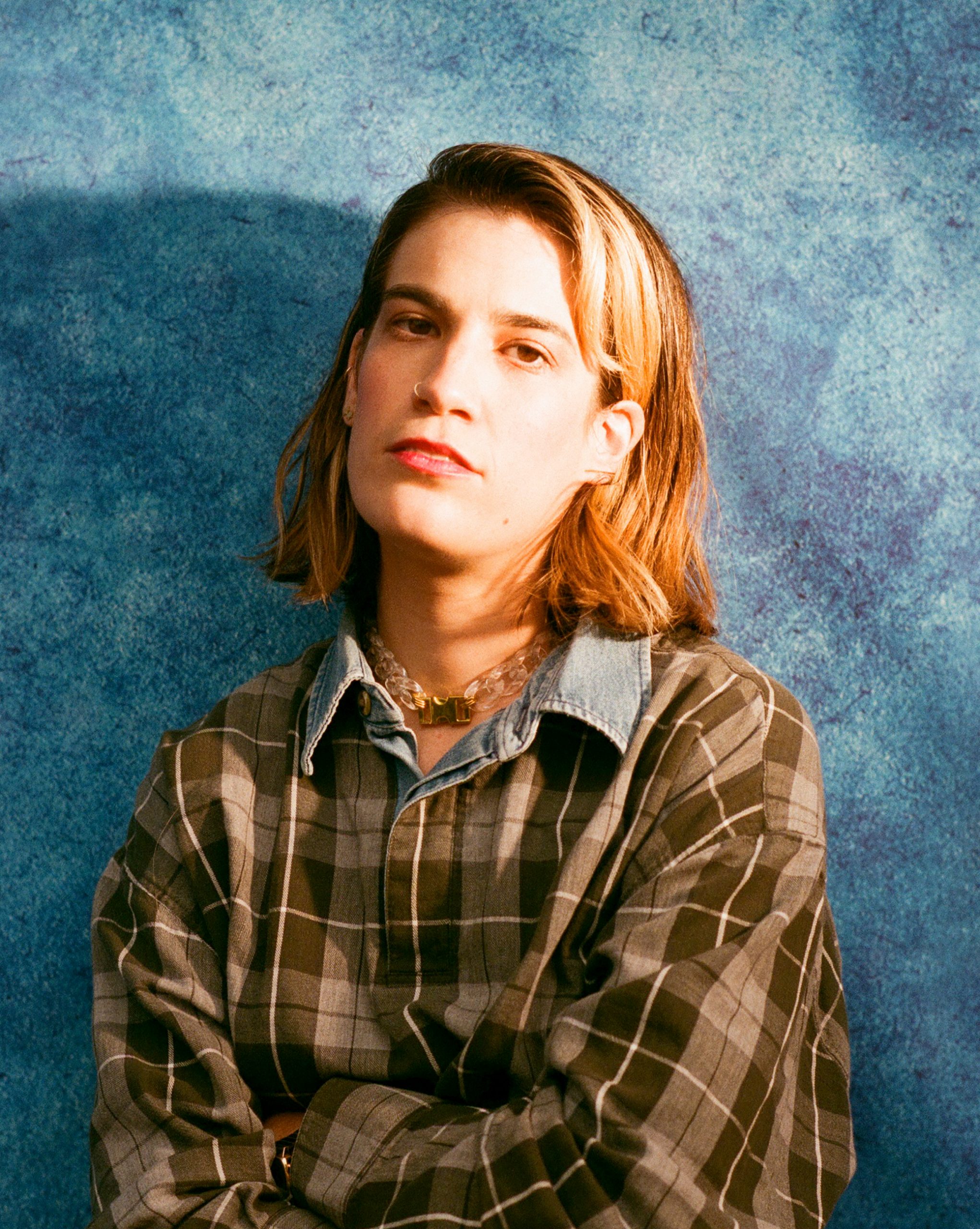Since the late 1940s, a site in North Yorkshire has been slowly revealing a world preserved in peat. The finds at Star Carr date back some 11,000 years, to a time when the last ice age would have been a generational memory, and the advent of farming was still millennia away. Among the many remarkable artefacts discovered in the original excavation, twenty-one items are of unparalleled significance. These are masks, fashioned from the skulls and antlers of red deer. Although we will never know their true purpose, they allow us an arresting glimpse into a vanished ritual cosmos. Recent research suggests that, rather than hunting disguises, the masks were used in dances and ceremonies as part of a shamanic costume.

Archaeology demonstrates Star Carr’s importance as a gathering place, and it is possible that groups travelled to this lakeside settlement to witness or participate in rituals involving the wearing of deer masks. Perhaps the Mesolithic shamans of ancient Yorkshire donned their headgear to open up negotiations with non-human entities, maybe the very animals that were to be hunted. The audience would be deeply invested in the success of the rite, for appeasement and future abundance.
Thousands of years later, we still see ritual animal disguise threaded through British customs. From straw bears to hobby horses, and from venerable traditions to recent innovations, we are a nation rich in this garb. There seems to be a universal compulsion to disguise by echoing the animal kingdom, and, perhaps because of their striking appearance, antlers have been a constant presence across the centuries. Hooks Cross in Hertfordshire gave up a stag headdress of the late Roman period, while medieval Christian authors railed against ‘playing the stag’ and imitating wild beasts with masks. Later medieval finds of adapted or worked antlers are often dismissed as hunting trophies, but could just as easily have been employed as headdresses or masks.

The most iconic antlered tradition in Britain today is also the most enigmatic: the Abbots Bromley Horn Dance. This custom takes place annually, on the Monday following the first Sunday after 4 September, and is unique to the Staffordshire village. Six dancers carry pairs of reindeer antlers through the streets, and the group is joined by a Fool, a Maid Marian, a hobby horse, a bowman, a triangle player and a musician playing an accordion. The team sets off from the parish church in the morning and spends the day visiting houses, farms and notable spots, dancing at each. During the dance, the horns are carried at chest height and tilted when two lines of dancers meet. As Steve Roud notes in The English Year, this strange calendar custom is distinctly unpretentious and lacking in elaborate dance steps. A 1936 report of the dance in The Times stated, “The whole thing is done unassumably and with a quiet purposefulness which is the keynote of the whole proceedings. One feels they are not dancing for joy or self-expression, but going quietly about a task which must be accomplished without unnecessary fuss.”
The most iconic antlered tradition in Britain today is also the most enigmatic
There is a sense of the marking of time, of a rite that must be performed because it always has, even though its origins are lost. The event today feels more upbeat and festive than 1930s witnesses attest, but the unhurried nature of the performance remains and is perhaps what makes the Horn Dance so haunting, especially in its final moments once the sun has set.

The horns themselves have been carbon-dated to the time of the Norman conquest, which adds to the intrigue as reindeer were most likely extinct in Britain by this time. Festivities in the area have been documented since 1226, and although the first specific reference to the Horn Dance comes in the seventeenth century, it may be much older.
If the dance is a riddle, then it is an influential one. Many artists and writers have been captivated by the undeniable weirdness that hovers over the custom, not least Penelope Lively, whose children’s novel, The Wild Hunt of Hagworthy, is discussed elsewhere in this issue. There is also a trace of the Horn Dance (and indeed the Star Carr masks) in the stagmen found in Benjamin Myers’ book, The Gallows Pole, as David Hartley sees them, “dansin in a circul under the moon on the moor at nite”.

What can we discern of the origin and meaning of the Abbots Bromley dance? As Ronald Hutton points out in The Stations of the Sun, it is difficult to make the case for the Horn Dance being some kind of unreconstructed pagan survival because it is such a strange and wonderful anomaly. In its combination of elements, it recalls no other known custom or tradition. “It is, in effect, an Abbots Bromley original, and all the more worthy of respect for that.”
If the dance is a riddle, then it is an influential one
One plausible explanation for the tradition lies in the festive fund-raising customs, such as hobby-horse dances, which were well established around midwinter by the Tudor period. Early mentions of the Abbots Bromley dance state that the event originally took place not in September but at Christmas, with the change of date linked to a period of inactivity before a revival in the eighteenth century. Winter customs frequently involve animal disguise, and antlers, however they arrived in the village, would have been an impressive addition. This view is bolstered by the fact that the earliest source to specifically mention “reindeer’s heads” also refers to the collection of money for the poor and the upkeep of the church during the performance.

More poetically, perhaps the arrival of the horns also stirred a folk memory of playing the stag (the ancient hunting chase of Needwood Forest was on the village’s doorstep), alongside that timeless urge to ‘become the beast’ that was also felt by our ancestors at Star Carr. The magnetic draw of the horns was the perfect complement to the revelry, and their unique nature has probably ensured the survival of this remarkable tradition into the present.
Read More: In Collaboration: Finding Your Process Through Connection






